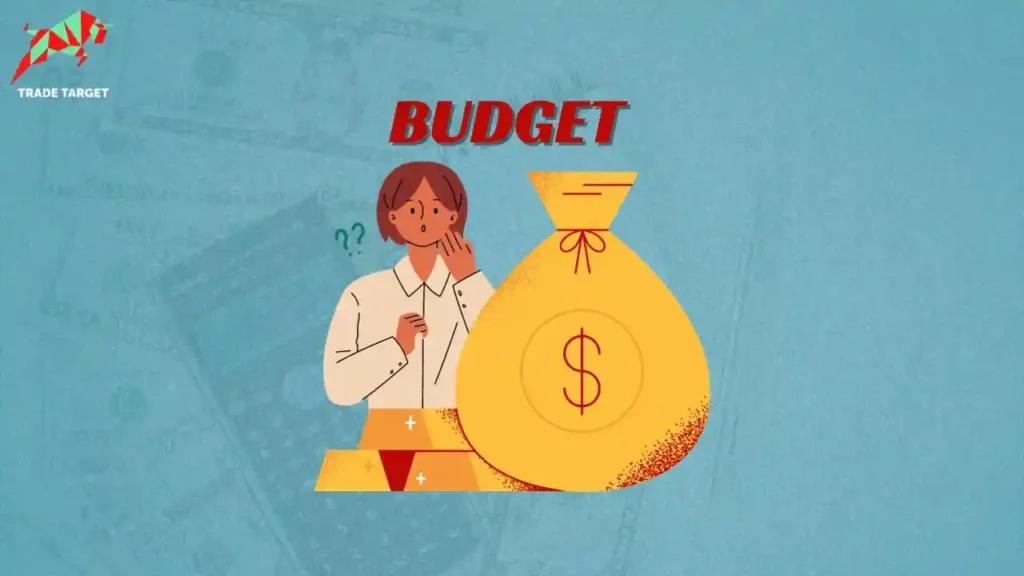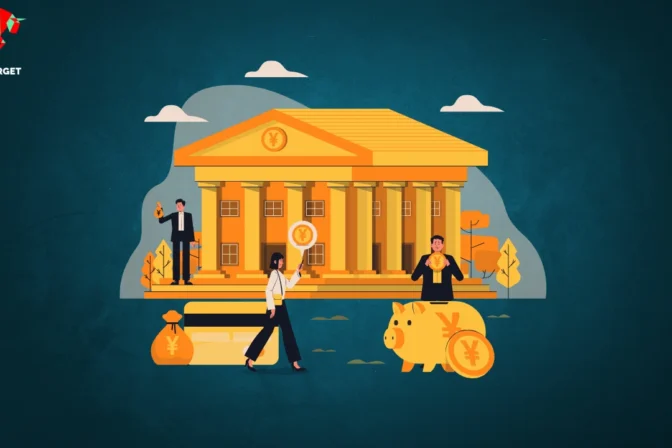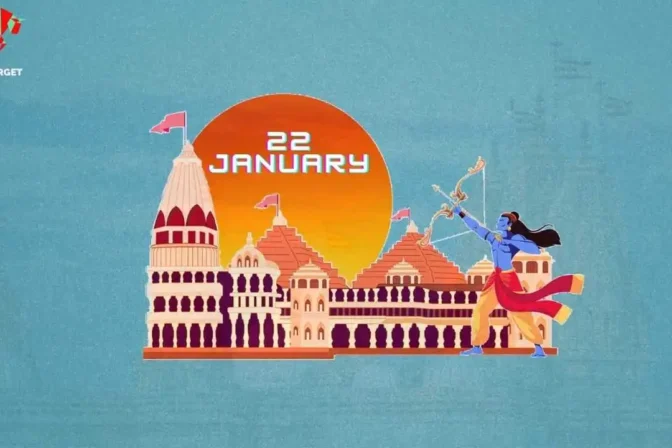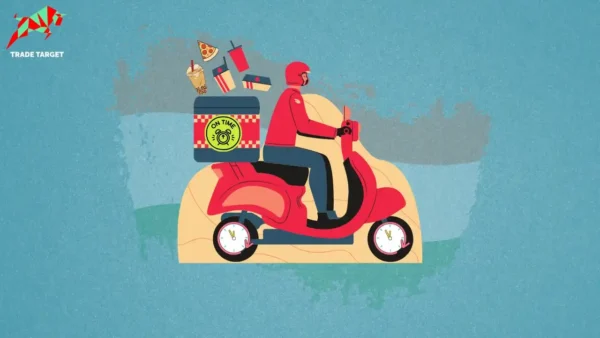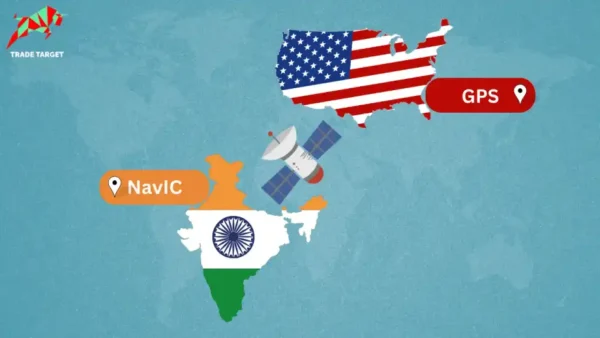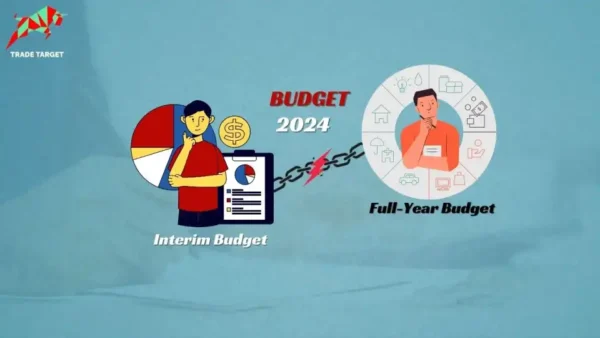As the curtains rise on February 1, 2024, for budget 2024, all eyes turn to the grand stage where India’s financial future takes center stage. However, the budget-making process in India starts around August-September, approximately six months before its presentation.
The annual financial statement, known as the Union Budget, unveils the government’s financial strategies, blueprints, and initiatives for the forthcoming financial year, spanning from April 1st to March 31st. The presentation occurs in the Parliament and is conducted by the Union Finance Minister.
The Ministry of Finance prepares the comprehensive document in collaboration with Niti Aayog and relevant ministries. The Department of Economic Affairs (DEA) within the finance ministry is tasked with creating the budget. The budget is a roadmap for the government’s revenue and expenditures, addressing various development initiatives and urgent needs for the specified fiscal year.
This budget isn’t just numbers and jargon; it’s a roadmap, a compass for the country’s economic journey over the next twelve months.
Have you ever thought about how budgets are made and what factors impact it?
Let’s understand one by one
- Step1: Blueprint of Budget 2024
Planning for the budget starts about six months before it’s presented in Parliament by the finance minister. So, discussions and decisions about the budget kick off around August-September of the year before.
At the start of the budget, the finance ministry sends circulars to all government bodies, like ministries and states. These circulars contain basic forms and guidelines for them to share their requirements.
The ministries then share their income and spending details from the past year and provide estimates for the upcoming one. After getting these requests, high-ranking government officials review and discuss them with the concerned ministries and the department that handles expenses.
- Step 2: Reviewing received proposals
Once the finance ministry confirms the information, they decide how to allocate funds to different government sectors for upcoming expenses. If there are disagreements, they discuss it with the Union Cabinet or the prime minister.
Also talk to different groups of people like farmers, small business owners, and foreign investors to get their input. The economic affairs and revenue departments are in charge of this. The centre also asks the chief economic advisor for advice and figure out how much money the government needs to borrow to cover any gaps in the budget. Finance ministry, NITI Aayog, and other ministries work together to ensure the budget makes sense.
- Step 3: Pre-Budget Meetings
Before finalizing the budget, the finance ministry meets with various groups like state representatives, farmers, bankers, economists, and trade unions to understand their suggestions and needs. These ideas are then discussed with the prime minister. Finance Minister Nirmala Sitharaman recently had such meetings for budget 2024. After these discussions, the finance minister, with input from the Prime Minister, makes the final decisions on what the different groups have requested.
- Step 4: Budget Printing
A few days before revealing the budget, the government follows a unique tradition called the ‘halwa ceremony.’ As part of the tradition, a large pot of ‘halwa’ is made and shared among all the staff. The event marks the start of printing of budget documents.
After the event, staff involved in budget preparations stay at the Ministry of Finance without going home. This lock-in period, lasting about 10 days, is crucial to prevent any leaks of the budget details. Around 100 people work on the budget and stay at the ministry headquarters until the Union Finance Minister presents the budget.
- Step 5: Presentation Day Budget 2024
Presenting the Budget to Parliament is the final step in making the budget. The finance minister does this on the first day of the Budget session. They talk about the main points and reasons behind the proposals.
After the presentation, the Budget goes to both houses of Parliament for discussion. Once both houses agree, it goes to the President for approval.
Making a budget is a long process with many steps and talks. Each step is important to make sure that public money is used wisely. The budget decides how the government works and spends money to develop the country.
The Finance Minister unveils the budget in the Lok Sabha. Until 2016, this unveiling took place on the last day of February. However, since 2017, the tradition shifted, and the budget is now presented on February 1 each year.
A notable change occurred in the Union Budget 2021 when Finance Minister Nirmala Sitharaman introduced a paperless format, moving away from the traditional ‘bahi khata’ to a tablet. To enhance accessibility, all budget-related documents are now available on the “Union Budget Mobile App,” launched by Sitharaman on January 23, 2021.
We will come up with a new blog that truly matters to you. Until then, don’t forget to share this blog on social media and with your loved ones.
Share via:
- By Hemant
- No Comments
- 19

